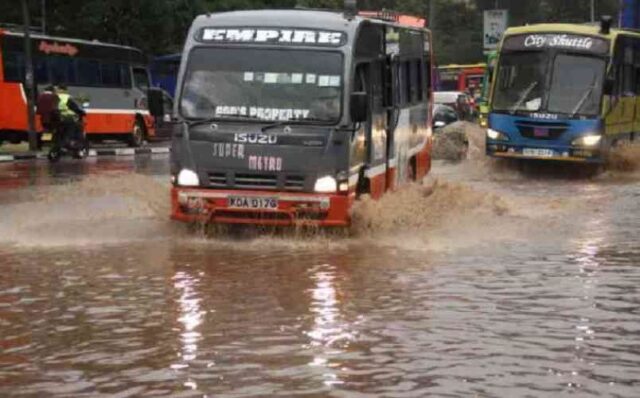The Ethics and Anti-corruption Commission is warning of possible misuse of public funds under the guise of preparing for the predicted El Nino rains.
In as statement copied to head of public service Felix Koskei, Auditor General Nancy Gathungu and Council of Governors CEO Mary Mwiti, EACC wants all procurements and expenditures undertaken by National Government Ministries/Departments and Agencies (MDAs) and County governments in mitigation measures, in preparation for the anticipated El Nino rains to strictly comply with procurement laws, the Public Finance Management Act, and regulations.
“It has come to the attention of the Commission that there is disregard of the law, in the initiation and implementation of some mitigation measures, which is likely to give room for financial impropriety, and embezzlement of public funds.´Notes EACC.
According to EACC, accounting officers will be held personally liable for any loss, unauthorized expenditure, or misuse of public funds.
In August 2023, the Kenya Meteorological Department gave early warning signs of possible El Nino rains beginning September 2023 and going until January 2024 across the country. Following the announcement, National and County governments are putting in place mitigation plans and interventions aimed at managing the effects of El Nino.
The current forecast shows over 90% likelihood of an El Niño with above normal rainfall expected in various locations in coming days. Most of the arid and semi arid counties are expected to experience floods with Marsabit, Turkana, Baringo, Samburu, Wajir, Garissa, Tana River, Kilifi, Kwale, Taita Taveta, Mandera, Narok and Isiolo bearing the brunt. Elgeyo Marakwet and West Pokot are likely to experience landslides.
The ASALs are more vulnerable partly due to the terrain they occupy and the impact of five consecutive failed rain seasons that lasted until March this year, by which time livestock mortality had severely weakened the livelihoods of most communities.
The onset of El Niño leads to extensive crop damage,
loss of livestock, damaged infrastructure and a possible spike in the incidence of cholera, malaria and rift valley fever due to poor sanitation and lack of potable water, particularly among populations threatened by flooding.
El Niño is a climate phenomenon that affects the weather patterns around the world. In recent times, Kenya experienced El Niño in 1985, 1997 and 2015 with the 1997 incident recording the highest downpour to date.






















